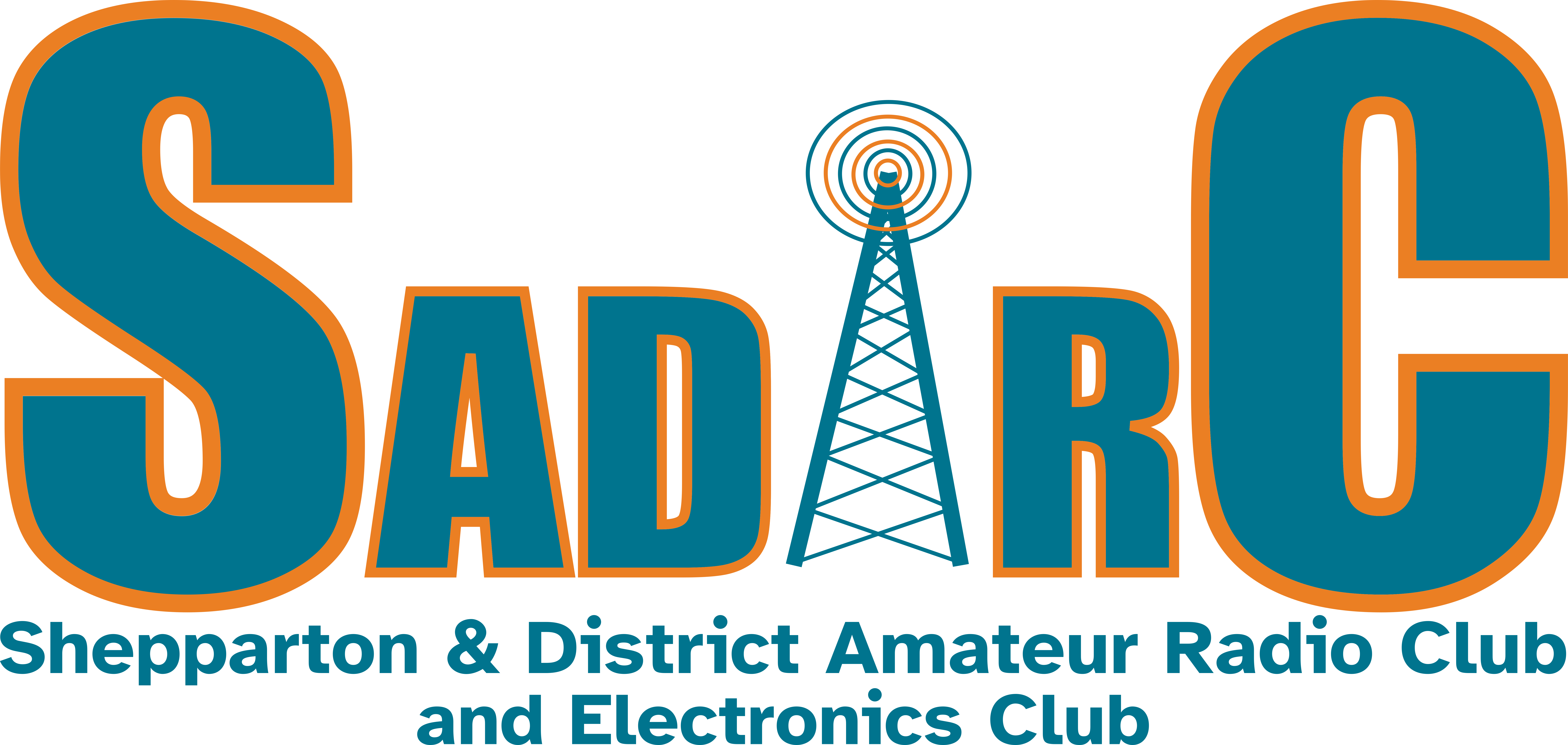Amateur Radio Exam Package
To ensure clarity and continuity, it is recommended to study the Standard Amateur Radio Exam notes in the following sequence:
- Begin with thorough reading and understanding of the articles on Electromagnetic Interference (EMI) and Safety.
- Proceed to read through the remaining articles, with important passages highlighted in red to signify their significance. These highlighted sections should be committed to memory during revision, as they will be tested upon.
- Familiarize yourself with the regulations provided in the relevant folder. Reading through them a few times will aid in grasping the required regulations.
- Refer to the Standard syllabus included for a comprehensive understanding of all the material to be learned.
- Additionally, a folder containing test questions, including a mix of advanced and standard questions, has been provided. You can attempt the two standard exam papers as well as any other papers available.
- Should you require customized test papers, feel free to contact me, and I can provide them.
Regards, Les Tatar VK3TEX
1: Voltage and Current
Together, voltage and current form the backbone of electrical circuits, powering our radios and enabling communication across the airwaves
2: AC Circuits
Alternating current (AC) voltage plays a vital role in powering our equipment and facilitating communication
3: Mains Power Supplies
mains power supplies serve as the backbone of our equipment, providing the electrical energy needed to operate transceivers, amplifiers, and other essential components
4: Amplifiers
Amplifiers are a crucial component in amateur radio setups, enhancing the strength of signals to extend communication range and improve overall performance. Whether used for transmitting or receiving, amplifiers play a key role in boosting signals to overcome obstacles and reach distant stations with clarity
5: Mixers
Mixers are essential components in amateur radio setups, facilitating the combination of multiple signals to generate new frequencies or to extract specific frequency components. They play a crucial role in tasks such as frequency conversion, modulation, and demodulation, enabling us to manipulate signals for various communication purposes
6: AM Transmitters
AM (Amplitude Modulation) transmitters are foundational components in amateur radio, responsible for broadcasting voice and data signals over the airwaves. They modulate the amplitude of a carrier wave with the audio signal, allowing for the transmission of information across long distances
7: Single sideband Transmitters
Single Sideband (SSB) transmitters are integral to amateur radio communication, offering efficient and reliable transmission of voice and data signals over the airwaves. Unlike Amplitude Modulation (AM), SSB transmitters suppress one of the sidebands and the carrier, transmitting only the desired sideband.
8: FM Transmitters
FM transmitters play a significant role in amateur radio communication, offering a reliable and high-quality method for transmitting voice and data signals over the airwaves. Unlike Amplitude Modulation (AM) or Single Sideband (SSB), which modulate the amplitude or phase of a carrier wave, FM modulates the frequency of the carrier wave
9: Digital Transmissions
Digital transmission has revolutionized amateur radio communication, offering efficient and reliable methods for exchanging data, images, and even voice signals over the airwaves, digital transmission encodes information into binary digits (bits), allowing for precise and error-resistant communication
10: Receivers
Receivers are the listening ears of amateur radio, essential for capturing and decoding signals transmitted over the airwaves. They play a crucial role in receiving and processing various modes of communication, including voice, Morse code, and digital signals
11: Transmission Lines
Transmission lines are the silent heroes of amateur radio, quietly carrying radio frequency (RF) signals from one point to another with minimal loss and distortion. These lines serve as the vital link between transmitters, antennas, and other radio equipment, ensuring efficient transfer of RF energy while maintaining impedance matching and minimizing signal reflections.
12: Antennas
Antennas are the essential link between your amateur radio station and the outside world, serving as the conduit through which electromagnetic waves are transmitted and received
13: Propagation
Understanding propagation is essential for amateur radio enthusiasts, as it directly impacts the range, reliability, and quality of communication links. From ionospheric bounce to tropospheric ducting, various propagation phenomena play a role in shaping the propagation environment for radio signals.
14: EMI
Understanding EMI and its effects is crucial for amateur radio operators to mitigate interference and maintain clear communication links
15: Safety
Whether you’re setting up antennas, working with high-voltage equipment, or operating in adverse weather conditions, prioritizing safety measures is essential to prevent accidents and protect yourself and others
16: Measurements
Understanding how to perform and interpret measurements is essential for troubleshooting issues, fine-tuning setups, and ensuring efficient communication
You can also download the above documentation in one handy zip file , available HERE
And to help prepare yourself for the test , some example test questions are also available in a handy zip file , HERE
